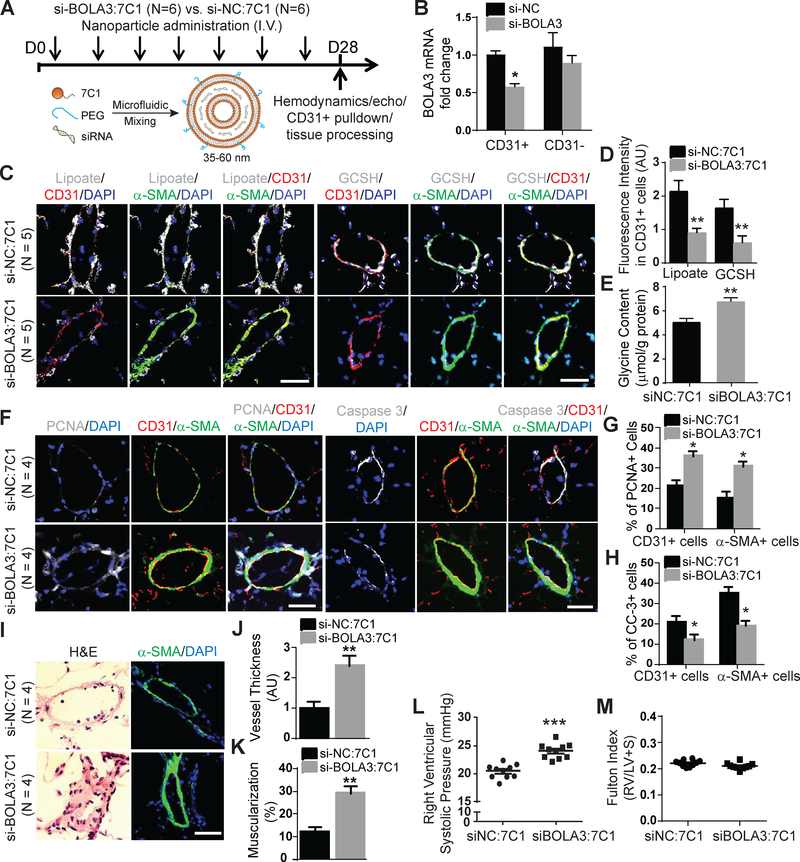Figure 6: Endothelial-specific delivery of BOLA3 siRNA dysregulates lipoate synthesis and glycine metabolism, thus promoting PH.
(A) Wildtype C57Bl6 mice received intravenous injections of either si-BOLA3:7C1 or si-NC:7C1 nanoparticles every 4 days for 28 days to target vascular endothelium of mice. (B) Pulmonary vascular delivery of si-BOLA3: 7C1 nanoparticles reduced BOLA3 RNA expression in isolated CD31+ pulmonary endothelial cells, but not in CD31- pulmonary cells (N = 4/group). (C-E) 7C1:si-BOLA3 reduced lipoate (white, left 3 columns) and GCSH (white, right 3 columns) expression by in situ fluorescence microscopy and increased glycine content by fluorometric assay in mouse lung tissues. (F-H) 7C1:si-BOLA3 increased the proliferation marker PCNA but inhibited the apoptotic marker cleaved caspase 3 (CC-3) in both CD31+ endothelial and α-SMA+ cells in mouse vasculature. (I-K) si-BOLA3:7C1 increased pulmonary vessel thickness (J) and muscularization (K) as assessed by hematoxylin and eosin staining (left column, I) as well as α-SMA staining (green, right column, I). (L-M) 7C1:si-BOLA3 elevated right ventricular systolic pressure measured by right heart catheterization but did not affect right ventricular hypertrophy (Fulton index, RV/LV+S), N = 10 mice/group. In panel B, mean expression of control group (si-NC) was normalized to fold change of 1, to which relevant samples were compared. Data represent the mean ± SEM. (*P < 0.05, **P < 0.01, ***P<0.001). Scale bars, 50μm.

